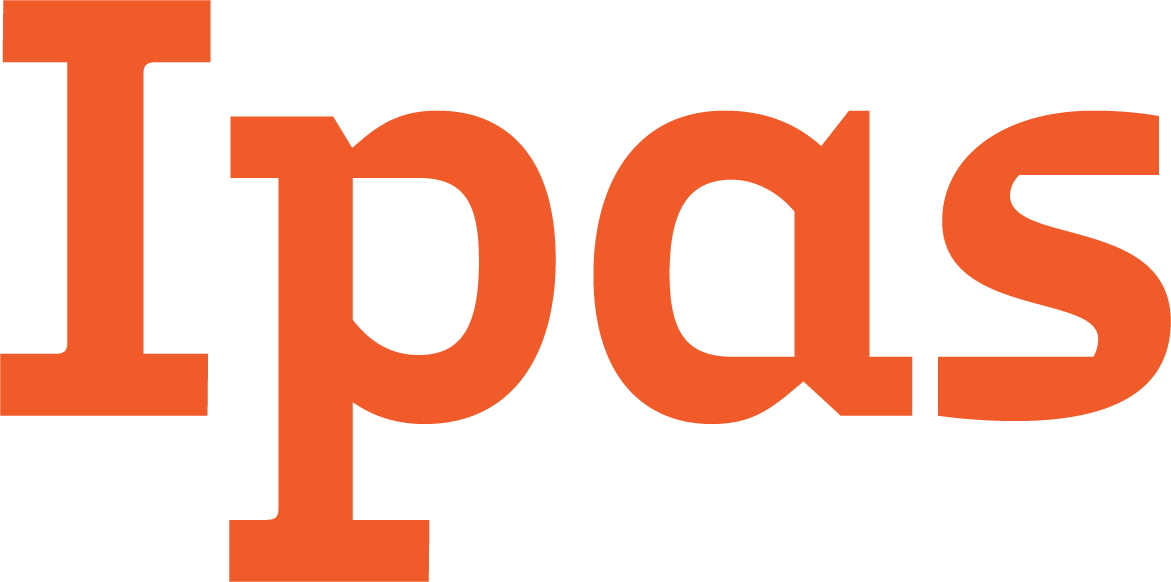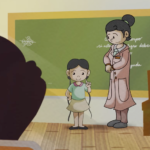
La Guía de Ipas para la gestión de insumos de AM es una herramienta sencilla para la gestión de insumos, de gran utilidad en ámbitos de prestación de servicios donde se emplea el misoprostol para la atención postaborto (APA), así como en ámbitos donde se ofrecen tanto misoprostol para la APA como servicios de aborto inducido. Esta herramienta le permitirá calcular rápida y fácilmente el consumo mensual promedio de misoprostol (y mifepristona, dependiendo de su establecimiento) en su unidad de salud, así como los niveles mínimo y máximo de inventario recomendados. Esta herramienta fue elaborada por Ipas.
A Ferramenta de Orientação para Gestão de Suprimentos de AM do Ipas é uma ferramenta de gestão de suprimentos simples que pode ser usada com sucesso nos locais de prestação de serviços que usam misoprostol para serviços de assistência pós-aborto (APA), bem como nos locais onde misoprostol é usado para APA e para aborto induzido. Esta ferramenta ajudar-lhe-á a calcular de forma rápida e fácil o consumo médio mensal de misoprostol da sua unidade sanitária (incluindo mifepristona, dependendo do seu contexto) e os níveis mínimos e máximos de inventário recomendados. Esta ferramenta foi desenvolvida pelo Ipas.
La Guidance proposée par Ipas concernant les fournitures requises pour l’avortement médicamenteux constitue un outil de gestion des fournitures simple d’emploi pouvant être utilisé par les centres de fourniture de services qui utilisent le misoprostol dans le cadre des soins après avortement, ainsi que par les centres qui proposent le misoprostol à la fois dans le cadre des soins après avortement et pour des avortements provoqués. Cet outil permet de calculer rapidement et aisément la consommation moyenne mensuelle de misoprostol (et, le cas échéant, de mifépristone) de votre institution, ainsi que les stocks minimal et maximal recommandés. Cet outil a été développé par Ipas.
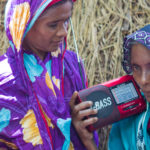
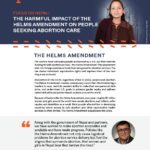
The Helms amendment is a law barring U.S. foreign assistance from being used for abortion services. This fact sheet describes the negative impact of the Helms amendment in Nepal. The country liberalized its abortion law in 2002 and the right to safe motherhood and reproductive health was guaranteed by the 2015 Constitution. In 2018 the Right to Safe Motherhood and Reproductive Health Act further ensured that women and girls in Nepal have the right to access safe, legal abortion free of charge at public health facilities. Yet due in great part to U.S. funding restrictions like the Helms Amendment, Nepal’s reproductive health care provision is fragmented and needlessly inefficient, putting the most burden on women and girls seeking abortion care.
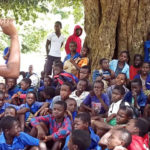
Tisungane Sitima was one of the first students in the gender and development program at Lilongwe University of Agriculture and Natural Resources in Malawi—an experience that set her on the path to becoming a champion of sexual and reproductive rights. In this Q & A, she talks about why she became an advocate and her work as chairperson of Ipas Malawi’s initiative to protect access to abortion and contraceptive services during—and beyond—the coronavirus pandemic.

If you haven’t heard of Dr. Tlaleng Mofokeng—known popularly as Dr T—you have somehow missed her ubiquitous presence on radio, TV, social media and numerous other platforms. She’s a medical doctor, sex expert and health activist. She’s a member of the South Africa Commission on Gender Equality and was recently appointed as United Nations Special Rapporteur on the Right to Health. Dr. Mofokeng is also the author of A Guide to Sexual Health and Pleasure. She took time from her busy schedule to field some questions from Ipas.
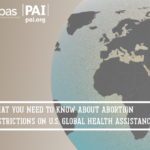
If your organization receives global health assistance (monetary and non-monetary) from the U.S. government, there may be certain types of abortion-related work that you cannot perform—and these restrictions can even limit work funded from sources other than the U.S. government.
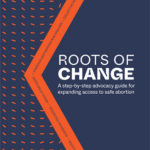
This guide is intended for advocates interested in supporting expanded access to safe abortion care in their countries. It will help you and your colleagues develop a strategy that considers the unique considerations for abortion-related advocacy. It is intended that you will work through the guide with a small group of stakeholders who are committed to working together on expanded access to safe abortion care.

This resource is an excerpt from Ipas’s Roots of Change: a step-by-step advocacy guide for expanding access to safe abortion. The purpose of this section is to provide you with the key considerations and practical resources necessary to ensure a sustainable and well-functioning coalition for your advocacy work.
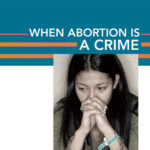
This two-page fact sheet is adapted from a 2013 Ipas report investigating the impact of criminal abortion laws on women, their families and health-care providers in three South American countries—Bolivia, Brazil and Argentina.
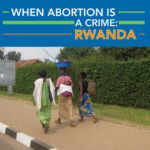
Rwanda reformed its abortion law in 2012, but legal barriers and cultural and religious stigma make it nearly impossible for women to get a safe, legal abortion. Women with unplanned or unwanted pregnancies resort to unsafe and illegal abortions—and Rwandan police unjustly harass, arrest, prosecute and imprison hundreds of women and girls on abortion or infanticide-related charges each year. This report, by Ipas and Great Lakes Initiative for Human Rights and Development, shares findings from interviews with women, judges, legal defense lawyers, and police officers, and calls on the Rwandan government to take steps to address this ongoing human rights violation.
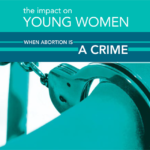
This fact sheet highlights the disproportionately high impact of criminal abortion laws on young women. In places where abortion is a crime, women who are young, poor, uneducated and facing an unwanted pregnancy are at greater risk of resorting to illegal and unsafe abortions, and consequently being investigated, arrested and prosecuted.

